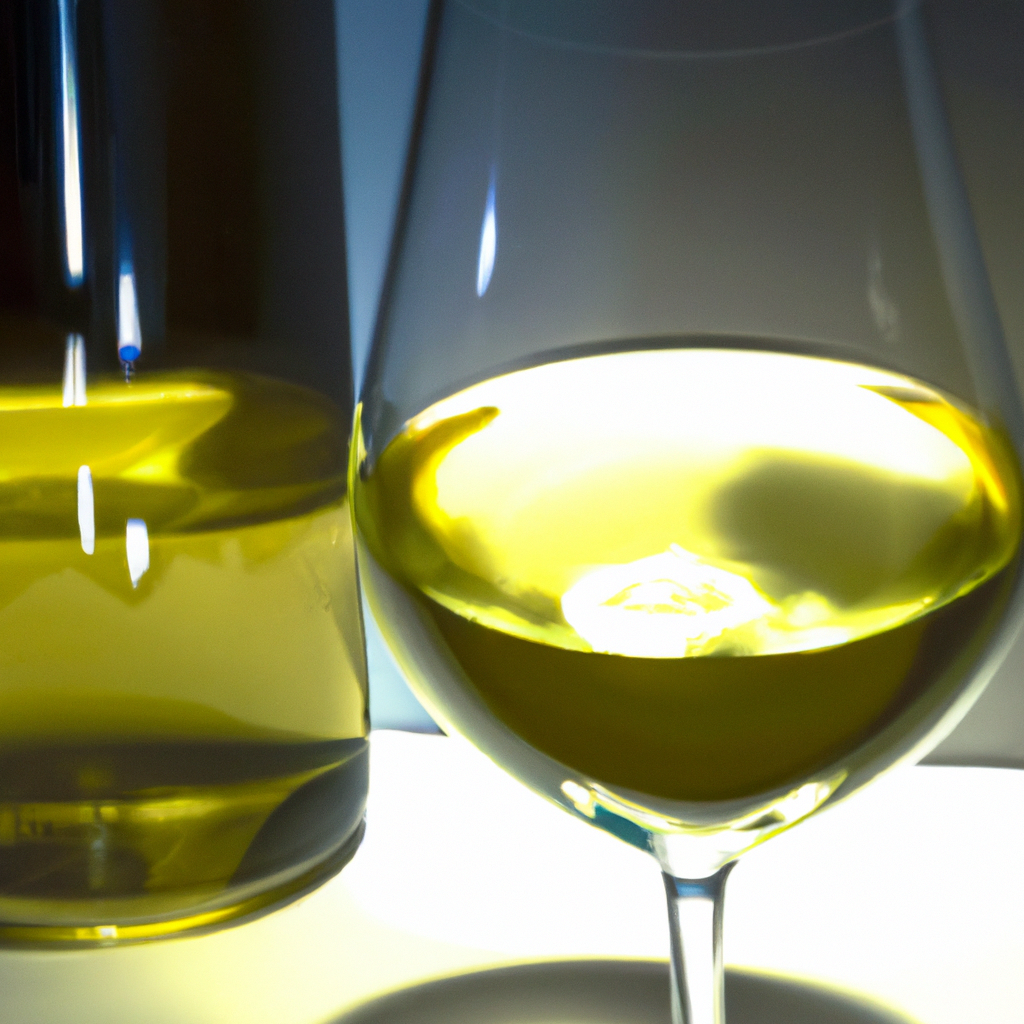-
Article Summary
- The Truth about Sugar Content in Wine
- Key Takeaways
- Introduction: Unveiling the Sweet Truth
- The Source of Sugar in Wine
- Impact of Sugar on Taste and Health
- Regulations and Labeling Practices
- FAQ Section
- 1. Which type of wine has the least sugar?
- 2. Does all wine contain sugar?
- 3. How can I find out the sugar content of a particular wine?
- 4. Does sugar in wine contribute to a hangover?
- 5. Can I enjoy wine if I’m trying to reduce my sugar intake?
- Conclusion: The Sweet Reality
- Revisiting Key Takeaways
The Truth about Sugar Content in Wine

[youtubomatic_search]
Key Takeaways
- Wine contains varying amounts of sugar, depending on the type and production process.
- Dry wines typically have the lowest sugar content, while sweet wines have the highest.
- Residual sugar in wine can impact its taste and calorie content.
- Understanding the sugar content in wine can help individuals make healthier choices.
- Regulations and labeling practices regarding sugar content in wine vary by country.
Introduction: Unveiling the Sweet Truth
Wine, a beloved beverage enjoyed by many, is often associated with sophistication and celebration. However, amidst the clinking of glasses, few consider the sugar content of their favorite vino. This article delves into the truth about sugar in wine, exploring its sources, its impact on taste and health, and the regulations surrounding its disclosure.
The Source of Sugar in Wine
The primary source of sugar in wine is grapes. During the fermentation process, yeast consumes the grape’s natural sugars (fructose and glucose) and converts them into alcohol. However, not all sugar is consumed, leaving what is known as residual sugar. The amount of residual sugar left in the wine can vary greatly, depending on the type of wine and the winemaking process.
Impact of Sugar on Taste and Health
Residual sugar plays a significant role in the taste of wine. Wines with high residual sugar content, such as dessert wines, are sweet, while those with low residual sugar, like dry wines, are less sweet. However, sugar content also impacts the calorie content of wine. According to the USDA, a five-ounce glass of red table wine typically contains about 125 calories, while the same amount of sweet dessert wine can contain up to 236 calories.
Regulations and Labeling Practices
Regulations regarding the disclosure of sugar content in wine vary by country. In the United States, for example, wine labels are not required to disclose sugar content. However, in the European Union, wine labels must indicate the level of sweetness. This lack of uniformity can make it challenging for consumers to make informed decisions about their wine choices.
FAQ Section
1. Which type of wine has the least sugar?
Dry wines, such as Cabernet Sauvignon and Pinot Noir, typically have the least sugar.
2. Does all wine contain sugar?
Yes, all wine contains some amount of sugar, as it is a natural byproduct of the fermentation process.
3. How can I find out the sugar content of a particular wine?
While some wine labels may indicate sweetness levels, the most accurate way to determine sugar content is through laboratory analysis.
4. Does sugar in wine contribute to a hangover?
While sugar itself does not cause hangovers, wines with higher sugar content can lead to more severe hangovers due to their higher calorie content and potential to cause dehydration.
5. Can I enjoy wine if I’m trying to reduce my sugar intake?
Yes, by choosing wines with lower residual sugar content, such as dry wines, you can still enjoy wine while reducing your sugar intake.
Conclusion: The Sweet Reality
The truth about sugar in wine is that it is a complex issue, influenced by many factors including the type of grape, the fermentation process, and labeling regulations. While sugar can enhance the taste of wine, it can also contribute to its calorie content. By understanding the sugar content in wine, consumers can make more informed decisions and enjoy their favorite beverage in a healthier way.
Revisiting Key Takeaways
- Wine contains varying amounts of sugar, depending on the type and production process.
- Dry wines typically have the lowest sugar content, while sweet wines have the highest.
- Residual sugar in wine can impact its taste and calorie content.
- Understanding the sugar content in wine can help individuals make healthier choices.
- Regulations and labeling practices regarding sugar content in wine vary by country.
[youtubomatic_search]




